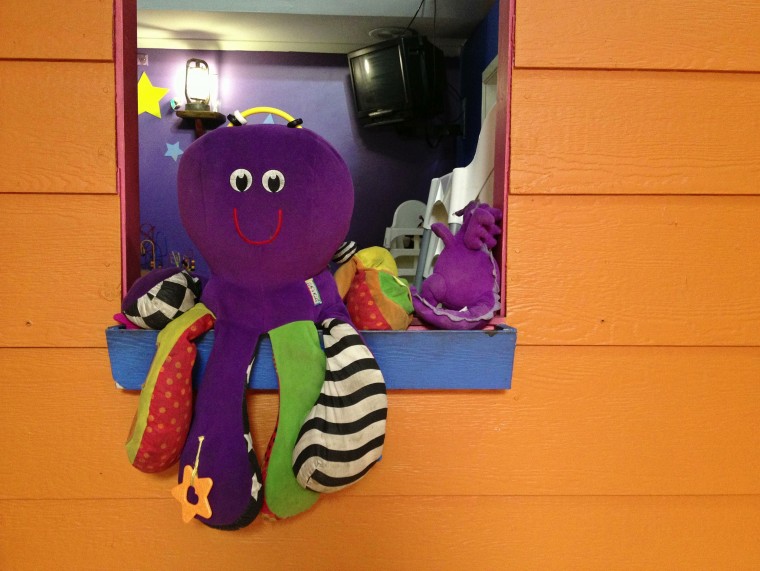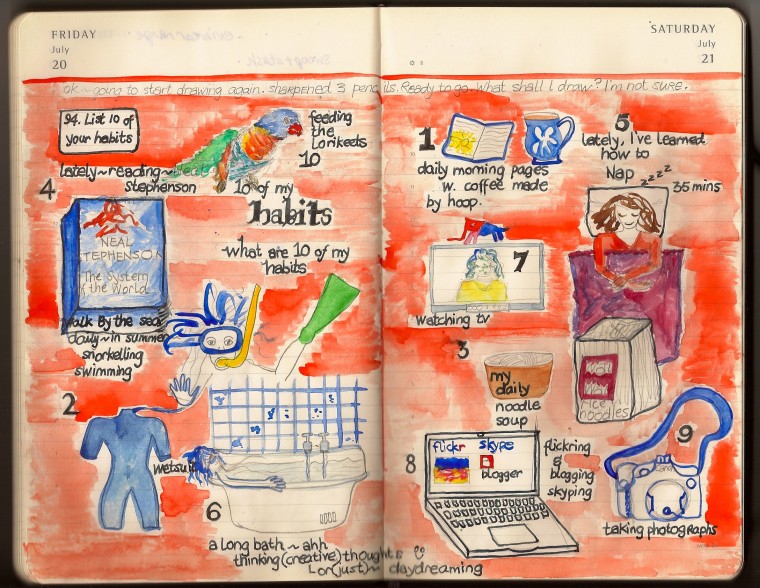
Toy Marketers Are Geniuses
Before we blame our kids for the explosion of toys in our homes we need to look to the causes, which include ourselves—the parents (who likely either purchased or accepted these toys in the first place); as well as well-meaning family and friends, a barrage of gift-centric holidays and society in general for pushing the message that more toys will make happier kids. Toys are marketed to fill a perceived need, the key word being perceived. How many of us, after your children appear bored, think that buying them a new toy will solve the problem? We stroll through the aisles looking at toys that claim to bring “hours of enjoyment” or “stimulate creativity in your child”, and shell out our hard-earned cash banking on the promises we read. Unfortunately, most of the time the toys will barely pique their interest, only to be banished to the toy-box—or “the pit” as I affectionately call it. We must acknowledge that we are part of the problem in order to stop the cycle of consumerism. This is not a guilt-trip. Marketers spend millions of dollars every year in order to get kids wanting more toys and convincing parents to buy them. But here’s the secret they’ll never tell you: your kids can live with less.
Learning How To Play
The problem with so many modern toys is that they have, in essence, removed their playability. True toys are ones that give a child a vessel for creativity, allowing them to create their own adventures and stories with the toy. I’m amazed by the potential for creativity in the most mundane of objects: a pair of chopsticks become drumsticks, magic wands, batons for twirling and more. And all of the noise I hear is no longer generic sounds created by a toy factory across the world; instead I hear the laughter and narrative of play coming from my own children. Choosing quality over quantity is important, here are some tips to help you to know what to look for in toys:
- Choose Toys That Promote Activity. Balls that bounce, frisbees, jump ropes, a ball and glove all allow our kids to expend some of their (seemingly endless) energy.
- You get what you pay for. Quality toys may cost more than what you are accustom to paying, but wouldn’t you rather have fewer, well made toys than dozens of mediocre ones?
- Choose toys that allow for storytelling. Clothing and accessories for dress-up are a wonderful way for children to be creative and practice a narrative. Also invest in some people and animal figures and allow your kids to mix and match any ‘sets’ you may have. Puppets are another great way to tell a story.
- Building toys promote creativity. Lego, K’Nex, Lincoln Logs, marble runs are some examples of interactive toys that encourage hours of play. Don’t underestimate the power of a simple pencil and piece of paper.
- Check out vintage toys. I love vintage toys for many reasons: they remind me of a simpler time; they do not often have batteries, and I know they have stood the test of many years of play. Just be aware that vintage toys may have parts that are hazards for young children, especially if it has any broken or missing pieces.
Lastly, don’t get frustrated if your kids won’t magically play for hours in a cardboard box after you reduce their toy collection. Creativity, though innate in kids, is a skill they may need to work on if they haven’t been practicing it for awhile. The greatest way to get your kids invested in play is to play with them! Let your child dress you up and create a story, letting them take the lead. Another way to help them engage in play is to get them to set up a scene with their figures, then prompt them with questions like “where are they going?” or “who else is going to join this party?”. When you play with your children you will be amazed at the wonderful places you can go with them, all without leaving your home.
Links
Cheryl and Jean-Francois Moreau recently launched their site “Revive” which focuses on simplifying various aspects of people’s lives including their spaces, minds, bodies, and relationships. You can find that at Revivers.ca, and we’ll have links in the shownotes. They’re out of Ottawa, Canada, and you can follow them on Twitter @reviversca and check them out on Facebook, too!





This is such a great article written by our friend and loyal Simple Life Together listener, Sherry L. Carver. Her passion is helping couples and families thrive…especially blended families. She knows a thing or two about how to make a marriage and relationship last. Have a read and be inspired!